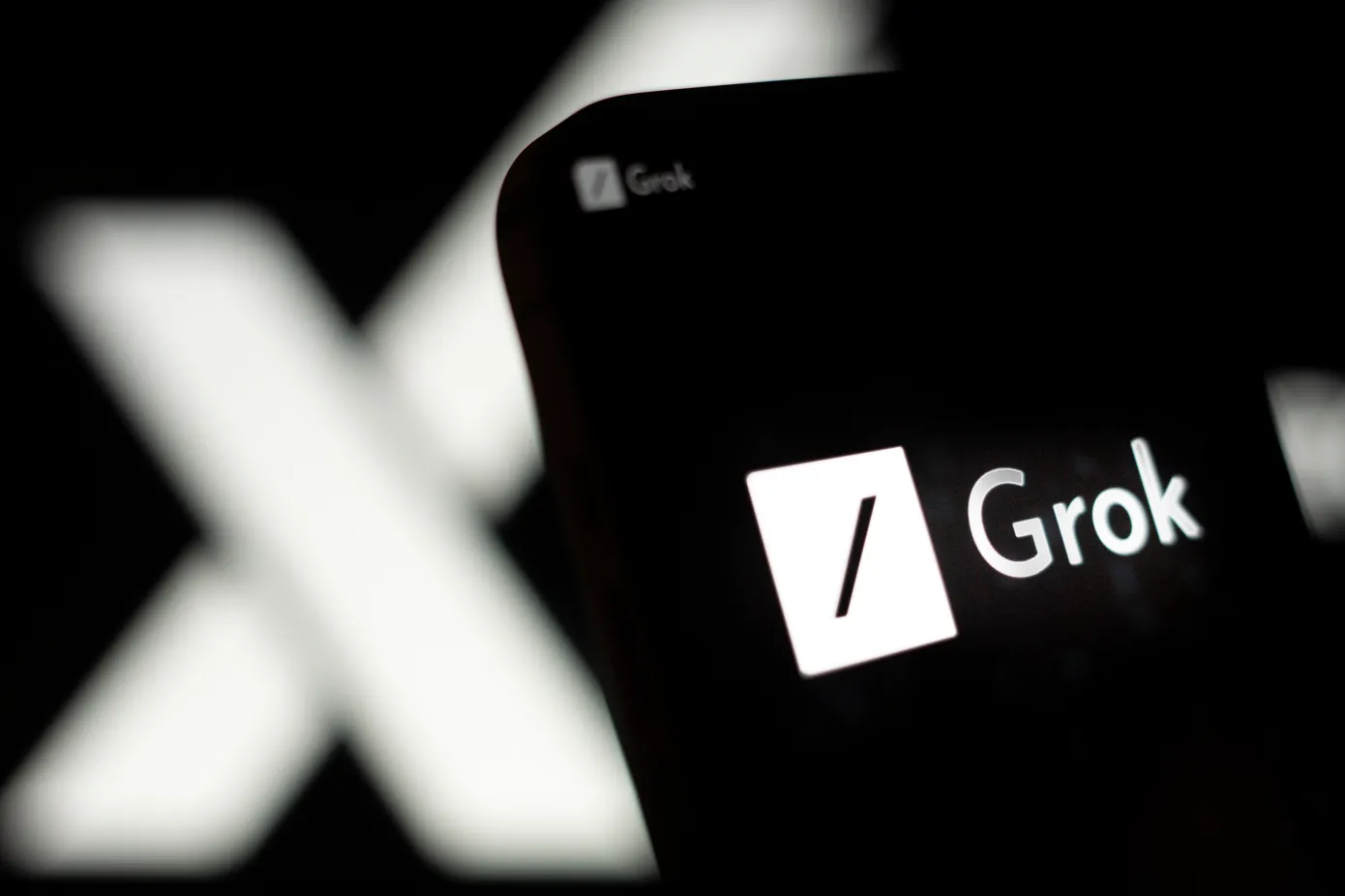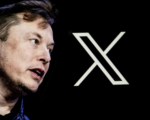The release of xAI’s Grok large language model as “open source” raises questions about its actual contribution to the AI development community. While making the code publicly available can offer some benefits, such as providing insights into the workings of advanced language models and fostering collaboration, it also comes with caveats.
Grok is positioned as a competitor to other chatbots like ChatGPT or Claude, with a distinctive tone and access to Twitter data. While its performance is deemed competitive with last-generation models, opinions vary on whether it lives up to expectations given the resources invested in its development.
The challenge lies in defining “open” in a meaningful way that goes beyond mere rhetoric. The AI community has seen instances of the term “open source” being misused or questioned, highlighting the need for clarity and transparency in such endeavors.
Ultimately, while the release of Grok’s code may offer some benefits, the true impact depends on how it is utilized and integrated within the broader AI development landscape.
You raise an essential point about the fundamental differences between traditional software and AI models when it comes to making them “open source.”
In traditional software development, making a program open source typically involves publishing the entire codebase for community review and contribution. This transparency allows for collaborative improvement and ensures proper attribution to the original creators, which is integral to the ethos of openness.
However, AI models, particularly those based on machine learning, operate differently. The process of training these models involves feeding vast amounts of data into algorithms, resulting in complex statistical representations that are often not fully understood even by their creators. Unlike traditional code, the inner workings of these models cannot be easily inspected, audited, or improved upon in a straightforward manner.
As a result, while making AI models “open source” can provide some level of transparency and enable collaboration, it does not guarantee the same level of accountability and attribution as in traditional software development. The AI community is still grappling with defining what “openness” means in this context and how to ensure ethical and responsible use of these models.


















